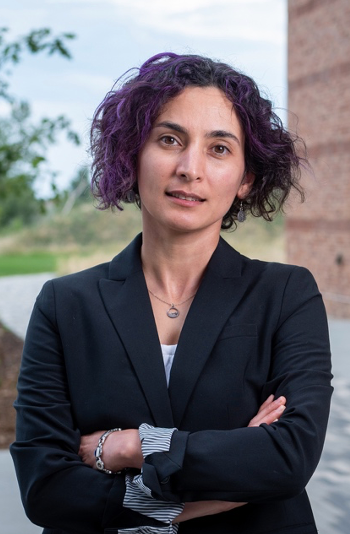Key Points
- BCARS enabled single-cell classification using vibrational fingerprints in just 5 ms per spectrum.
- The study achieved 97% classification accuracy between Jurkat T cells and CAL-1 pDCs.
- Nonresonant background noise was successfully reduced using Kramers–Kronig and SVD denoising techniques.
- The method offers a path to automated BCARS flow cytometry and label-free pathology slide analysis.
Spectroscopy Milestone in Cell Classification
A research team from Maynooth University in Kildare, Ireland, has published a breakthrough in spectroscopic analysis that could revolutionize biomedical diagnostics. Their new method, based on Broadband Coherent anti-Stokes Raman Scattering (BCARS), enables the classification of single immune cells in just 5 milliseconds, offering unprecedented speed and accuracy (1).
In their study, published in the Journal of Biophotonics, Ryan Muddiman, Sarah Harkin, Marion Butler, and Bryan Hennelly demonstrated the first high-speed, label-free classification of two distinct immune cell types: Jurkat T cells and CAL-1 plasmacytoid dendritic cells (pDCs), using the vibrational “fingerprint” region of Raman spectra (1).
From Slow Spectroscopy to Instant Cellular Insights
Traditionally, spontaneous Raman (SR) spectroscopy has been a reliable tool for cellular analysis, but its acquisition speed—often around 1 second per cell—has hindered its use in high-throughput applications like cytometry. Coherent Raman spectroscopy (CRS) techniques such as stimulated Raman scattering (SRS) attempted to bridge this gap, but required complex setups to cover broad spectral ranges (1).
The Maynooth team turned to BCARS, which can capture spectral data across 400 to 4000 cm⁻¹ nearly instantaneously (1,2). By leveraging the nonlinear optical properties of BCARS, specifically the cubic dependence on the input electric field, they achieved a signal intensity approximately 10,000 times stronger than SR. This allowed them to generate detailed hyperspectral images at the diffraction limit with exposure times as low as 5 milliseconds per pixel (1,2).
Tackling Challenges: Signal Noise and Nonresonant Backgrounds
Despite its promise, BCARS has long been limited by the nonresonant background (NRB), a noise source that can obscure vital chemical information. To overcome this, the researchers employed Kramers–Kronig (KK) phase retrieval methods and singular value decomposition (SVD) for denoising, producing spectra with improved signal-to-noise ratios (SNR) in the biologically critical 600–3200 cm⁻¹ range (1,2).
Their approach included training a classifier on BCARS spectra from labeled samples, achieving 97% accuracy in distinguishing the two immune cell types. This classifier was then successfully applied to unlabeled mixed samples, showcasing the method's robustness and real-world applicability (1).
Smart Imaging with Speed and Morphological Insight
The team’s approach also took advantage of cell segmentation algorithms to integrate spectra from within a cell’s boundary, creating a representative high-SNR spectrum for each cell. While this process mimicked traditional SR timings (~1 second), it offered much higher throughput via BCARS hyperspectral imaging (HSI) (1).
However, the true innovation was the ability to achieve reliable classification using a single 5 ms spectrum, setting a new benchmark for Raman-based cell fingerprinting. Additionally, the study uncovered unexpected spatial clustering of cell types on mixed coverslips, likely due to size-dependent differences in cellular transport behavior. These findings were supported through image segmentation analyses quantifying cell diameters (1).
Looking Ahead: Flow Cytometry and Pathological Slide Classification
This research paves the way for automated BCARS-based flow cytometry, a potential game-changer for high-throughput biomedical diagnostics. The authors also suggest their platform could eventually enable high-speed scanning of pathological slides, bypassing the need for dyes or manual inspection by detecting biochemical changes directly (1,2).
By uniting speed, chemical specificity, and morphological context, this study places BCARS at the forefront of spectroscopic technologies poised to reshape clinical and research environments (1,2).
References
(1) Muddiman, R.; Harkin, S.; Butler, M.; Hennelly, B. Broadband CARS Hyperspectral Classification of Single Immune Cells. J. Biophotonics 2025, e202400382. DOI: 10.1002/jbio.202400382
(2) Parekh, S. H.; Lee, Y. J.; Aamer, K. A.; Cicerone, M. T. Label-Free Cellular Imaging by Broadband Coherent Anti-Stokes Raman Scattering Microscopy. Biophys. J. 2010, 99 (8), 2695–2704. https://www.cell.com/biophysj/fulltext/S0006-3495(10)00977-X (accessed 2025-07-08).






